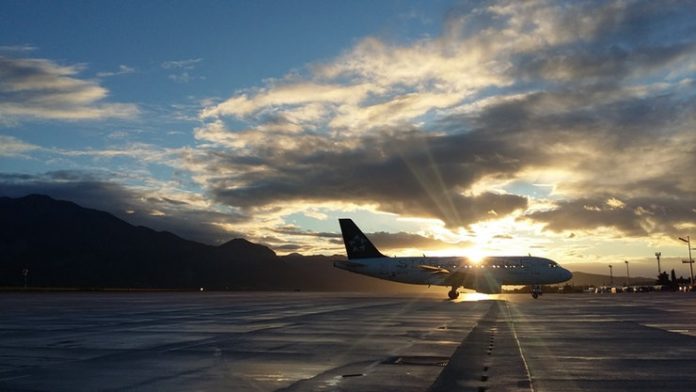WASHINGTON — Sluggish demand for overseas travel to the United States will cause the country to fall further behind in international travel growth worldwide and travel market share, according to the latest forecast released by the U.S. Travel Association.
While global long-haul travel is projected to grow an average of 4.8 percent annually through 2023, the pace of U.S. growth is projected to reach just half of that figure—2.4 percent. That gap will further diminish the U.S. share of the total long-haul travel market to 10.4 percent by 2023—continuing the steady slide from its previous high of 13.7 percent in 2015.
The 2019-2023 decline in market share would translate to a loss to the U.S. economy of an additional $78 billion in visitor spending and 130,000 American jobs. As a result of the decline since the 2015 high, the economy has already lost $59 billion and 120,000 jobs through 2018.
“International inbound travel is the No. 2 U.S. export, and making its pace of growth a national priority could be a difference-maker in helping to keep the country out of a recession,” said U.S. Travel Association President and CEO Roger Dow. “Right now, the country is not capturing the full economic potential of overseas travel, but there are some turnkey policy solutions that could help to address that—starting with congressional reauthorization of the Brand USA tourism marketing organization.”
As noted this week in the Wall Street Journal, the crucial U.S. services export sector—led by travel—faces significant headwinds in the current global economic environment. What’s more, the U.S. Travel report forecasts soft growth in the normally strong domestic travel market, which will increase by just 1.4 percent in 2020—the slowest pace in four years.
Brand USA is slated to expire next year unless reauthorized by Congress. According to the U.S. Travel Association, its marketing efforts over the past six years have brought 6.6 million incremental visitors to the United States, generating $47.7 billion in economic impact and supporting nearly 52,000 American jobs annually.











